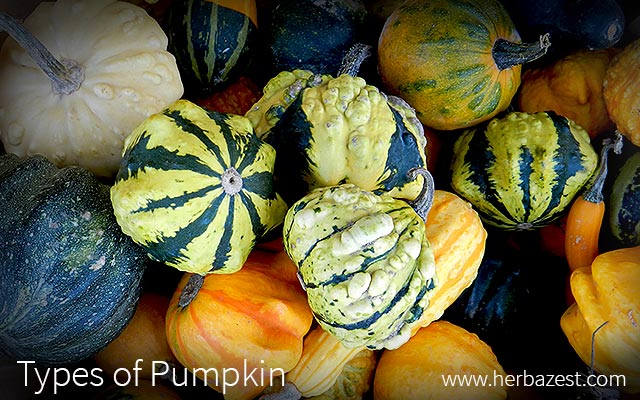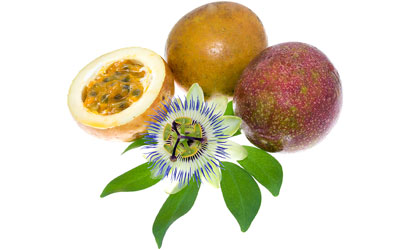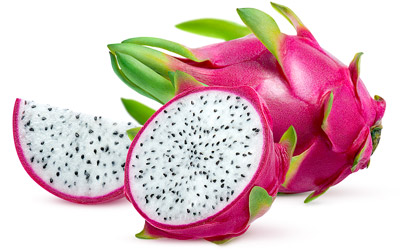The term “pumpkin” generally refers to any round, bright orange, hard-shelled annual that grows on a vine. Cultivated for thousands of years now, pumpkins have become a unique food staple. However, trying to figure out how best to classify the many types of pumpkin can be downright confounding. Botanists classify pumpkins by studying their fruits, leaves, color, size, and stems.
There are hundreds of different kinds of pumpkins, each one with unique characteristics and uses.
Characteristics of Pumpkins
Right now many consumers are asking themselves just how many types of pumpkins are there in the world. What a lot of people don't realize is that pumpkins are actually squashes. They belong to a large group of plants called the Cucurbitaceae family, known for their vines; their round, deep-lobed leaves; and their large, flat seeds. Cucumbers and watermelons are also members of this family, producing large, fleshy fruits and a hard outer covering.
Squashes are classified according to the thickness of their skin and the season in which they can be harvested. There are three main genera of squashes and several hundred subspecies. Most of them, with hard, thick shells, are popularly known as winter squashes.
“pumpkin” is a generic term that can be applied to a number of different species of the Cucurbitaceae family.
Pumpkin Species
The Cucurbitaceae family is the plant group with the most species used for human consumption, with the genus Cucurbita being one of the most important. Pumpkins have been cultivated in the New World for thousands of years, particularly the following species:
Cucurbita pepo. This species is the most common field pumpkin variety. It is believed to have originated in northwestern Mexico over 5,000 years ago. C. pepo has spread to six continents in total, and has evolved through domestication into three main lineages: subsp. fraterna, subsp. pepo, and subsp. texana.
Countless varieties and cultivars exist, some naturally, others manmade. Included in this group are field pumpkins, miniature pumpkins, acorn squash, and ornamental gourds. Mainly the seeds and fruit are consumed, while less commonly the flowers and leaves may also be used as vegetables.Cucurbita argyrosperma (syn. C. mixta). This species includes cushaw pumpkins and winter squash. There are two main subspecies: argyrosperma and sororia. The fruits of this group are prepared as vegetables, though their ripe flesh is sometimes used as feed for livestock, and occasionally as the base of a sweet dessert. The seeds can be eaten whole, roasted, or ground, and are often used in a variety of hearty soups and stews. On the Yucatan peninsula, the flesh of the fruit is used to treat burns and to stimulate breastmilk production in nursing mothers.
Cucurbita maxima. This species has its center of origin in South America. This group includes large hubbards, turban gourds, buttercup squash, and banana squash. Apart from their culinary uses, some pumpkins of this type may prove beneficial for home décor and other ornamental uses.
Cucurbita moschata. This pumpkin was domesticated in Latin America, but its exact origins remain unknown. Cultivated for more than 5,000 years, C. moschata encompasses butternut squash, large cheese squash, and crookneck pumpkins. Its flowers, stems, and young, ripe fruit are consumed as vegetables. The fruits may be prepared as a vegetable, or, if ripe, used to make sweets.
A lot of pumpkin types, from the popular giant pumpkin to the tiny 'Jack Be Little', have been created and carefully cultivated by farmers for decades in order to meet the demand of a growing market. However, from its nutritional benefits to its therapeutic uses, there is still so much left to be learned about this amazing fruit!
Sources
- Library of Congress, How did the squash get its name
- Missouri Botanical Garden, Horticulture Questions and Answers
- Oregon State University, What is the history of squashes
- Purdue University, Cucurbits
- University of California, Cucurbitaceae – Fruits for peons, pilgrims, and pharaohs





